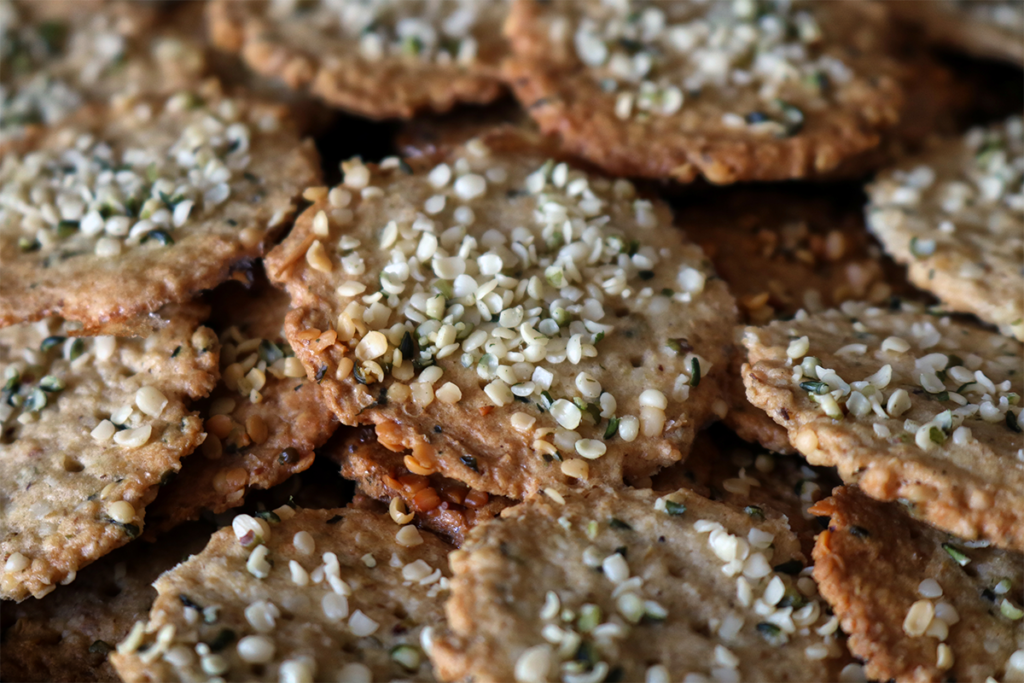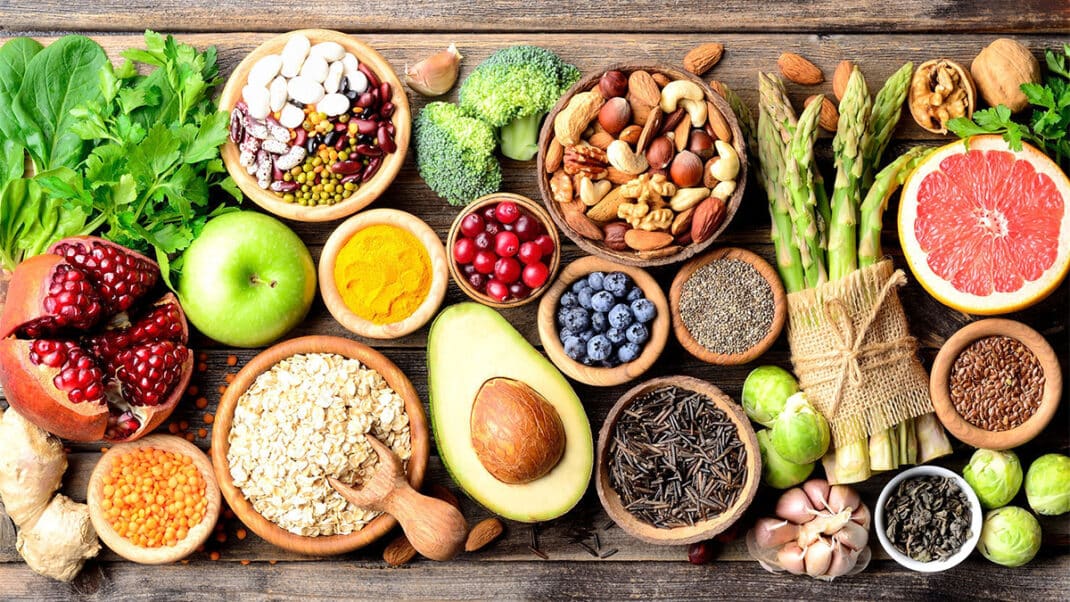Healthy Food: Seeing Is Believing
The texture of food influences how healthy we believe it to be.

Exciting new research may provide food producers with an idea of how they could change the surface texture of their products to alter consumers’ perceptions of them and encourage healthier eating. In a study published in Food Quality and Preference, British psychologists provided 88 people with six different oat biscuits (i.e., cookies) and asked participants to rate them on healthiness, tastiness, crunchiness, chewiness, pleasantness and likelihood of purchase, based only on visual appearance, not on taste or touch.
The research revealed that surface texture affected perceptions of how healthy the cookies were: People viewed the ones with a pronounced texture as being better for them and ranked those with a less explicitly textured surface as tastier and more likely to be purchased.
Perceived tastiness increased as healthiness decreased, and the likelihood of purchasing a cookie increased when perceived healthiness was low and dropped when healthiness was higher. The upshot was that having a “healthy-looking” texture was considered to be a negative attribute, in that it reduced perceived tastiness, a key criterion for someone wanting to buy the item.
The study authors said these findings could help food manufacturers design foods in ways that might encourage consumers to make healthier choices. For instance, food producers could apply non-healthy-looking smoother textures to healthier foods to overcome the perception that healthy is not tasty.
Matthew Kadey, MS, RD
Matthew Kadey, MS, RD, is a James Beard Award–winning food journalist, dietitian and author of the cookbook Rocket Fuel: Power-Packed Food for Sport + Adventure (VeloPress 2016). He has written for dozens of magazines, including Runner’s World, Men’s Health, Shape, Men’s Fitness and Muscle and Fitness.





